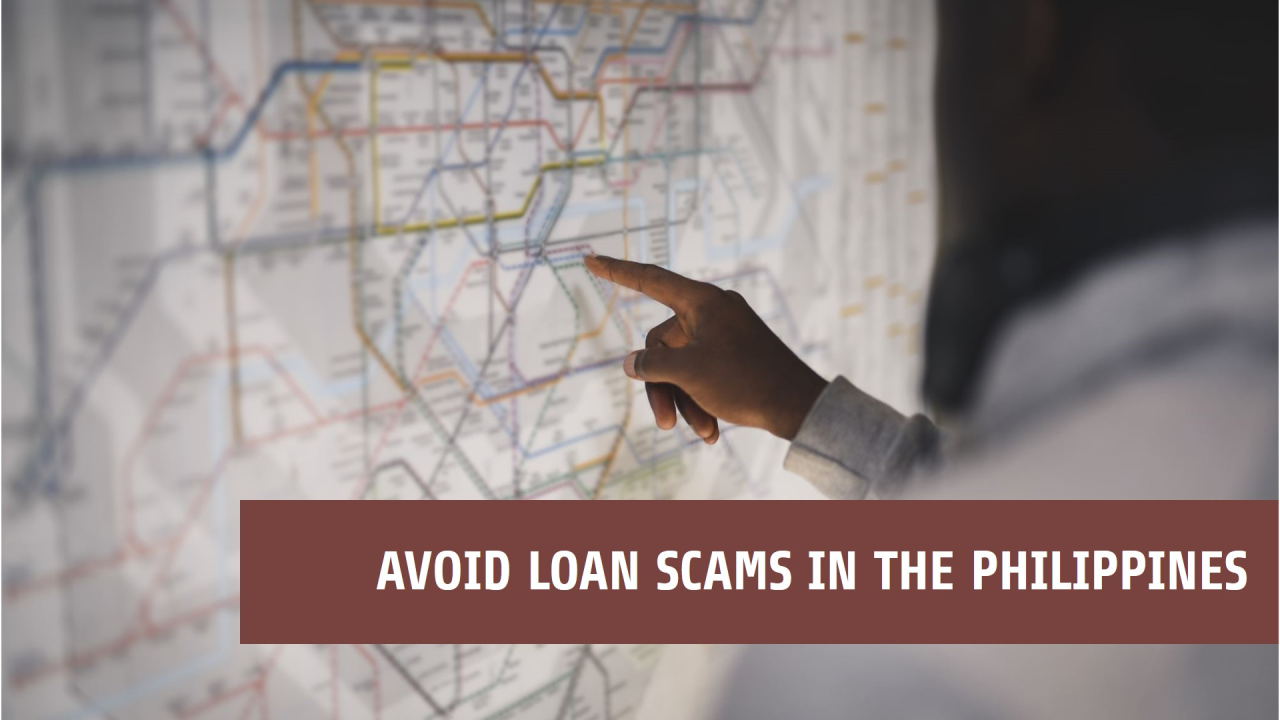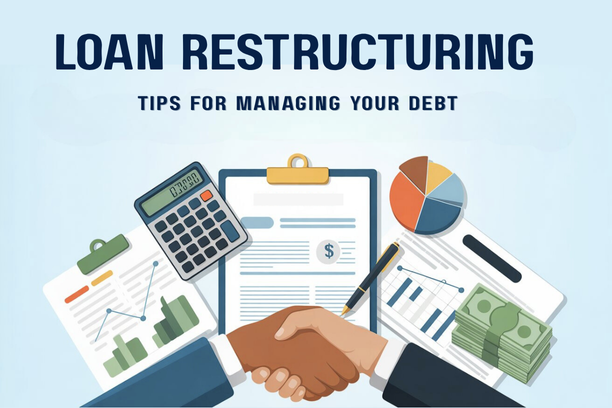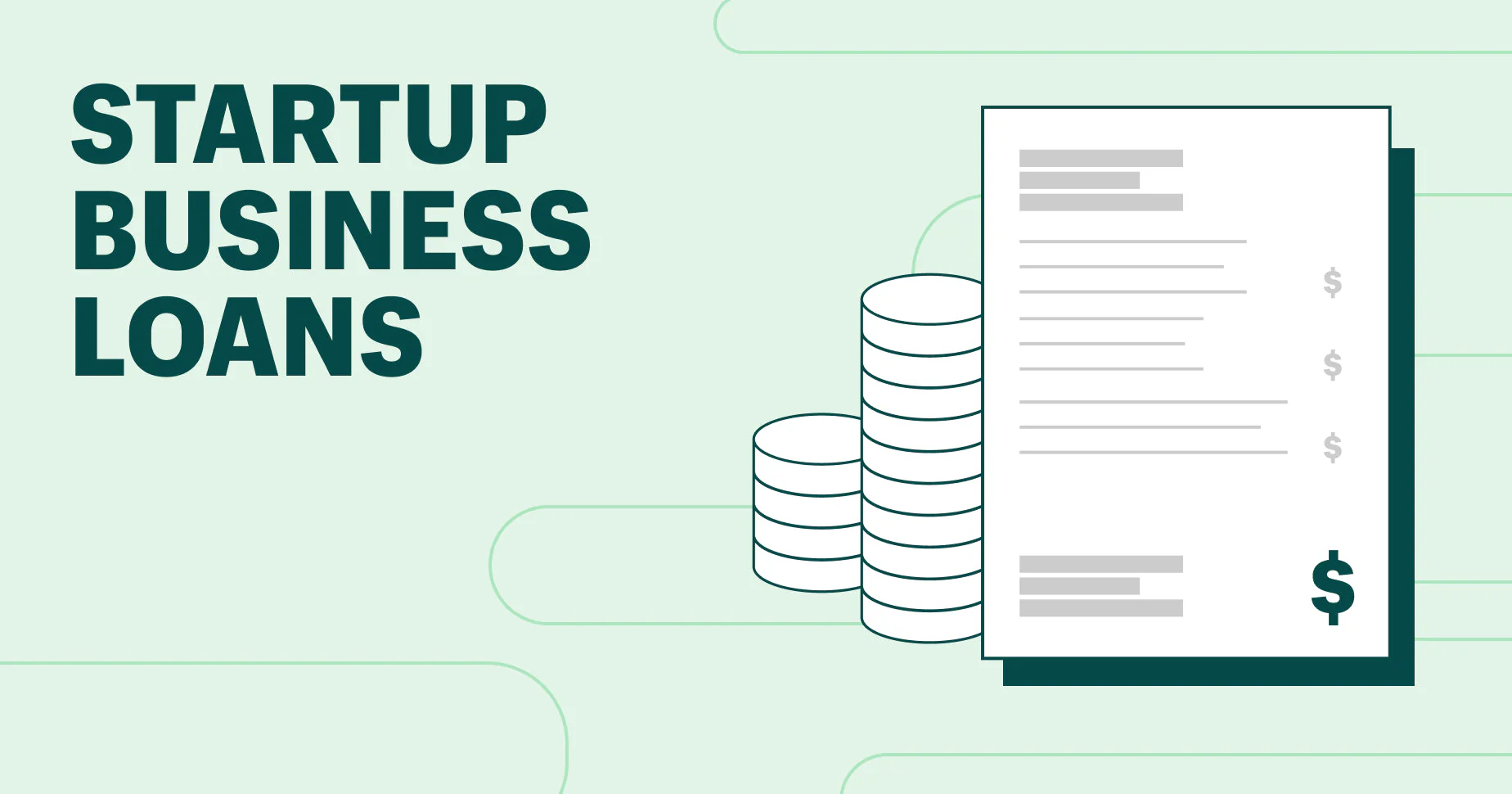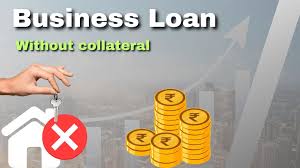Understanding the interest rates associated with various loans is the most crucial step toward responsible borrowing in the Philippines. Unlike a single fixed rate, the cost of credit varies dramatically based on the loan type, the presence of collateral, the borrower’s risk profile, and the prevailing economic environment set by the Bangko Sentral ng Pilipinas (BSP). This guide provides an overview of the common interest rate ranges for major consumer and business loans, helping you assess the true cost of financing your goals.
Indicative Rates Across Major Loan Categories
Interest rates are not uniform; they are meticulously calibrated by banks to reflect the risk level of the loan. Unsecured loans, which lack collateral, naturally carry a much higher rate than secured loans.
Secured Loans: Home and Auto Financing
Secured loans, such as Home Loans (Mortgages) and Auto Loans, utilize the purchased asset (house or vehicle) as collateral, significantly reducing the lender’s risk. As a result, these loans feature the lowest interest rates in the banking sector. Indicative rates for mortgages in the Philippines often start in the 6.5% to 8.0% Effective Annual Interest Rate (EAIR) range for short-term fixed periods (1 to 5 years). Longer-term mortgages may have slightly higher initial fixed rates.
Auto Loans generally follow a similar low-rate structure, although the rate is often quoted as a Monthly Add-on Rate (AOR), which simplifies the calculation but does not reflect the true cost. When converted to EAIR, motor vehicle loans usually hover between 9% to 12% EAIR for longer terms, depending on the term length and whether the car is brand new or second-hand. When evaluating these offers, borrowers should always ask for the EAIR to compare the actual cost across different banks accurately.
Unsecured Loans: Personal and Credit Card Debts
Personal Loans and Credit Card debt fall under the unsecured category, meaning the bank has no asset to seize if the borrower defaults. This inherent risk is the primary driver for their substantially higher interest rates. The indicative Annual Contractual Rate (ACR) for personal loans from major Philippine banks typically ranges from 18% to over 30% per annum, with the final rate depending heavily on the borrower’s credit score and monthly income.
Credit cards carry the highest interest rate ceiling, often mandated by the BSP, reflecting the highest level of risk and flexibility. This rate is usually applied to revolving balances that are not paid in full each month. Due to this high interest environment, consumers should prioritize paying off personal and credit card debts as quickly as possible to prevent the interest from ballooning the principal amount.
Understanding Loan Rate Terminology and Influencing Factors
To navigate the Philippine loan market effectively, borrowers must understand the technical terms used by banks and the external forces that influence rate changes.
EAIR vs. Add-On Rate: The True Cost of Borrowing
Philippine banks often advertise loans using a Monthly Add-on Rate (AOR) or Annual Contractual Rate (ACR), particularly for personal and auto loans. The AOR is a simple interest rate calculated only on the original principal amount, which is then divided equally across all months. However, the true cost of borrowing is reflected by the Effective Annual Interest Rate (EAIR). The EAIR takes into account the compound interest and how frequently payments are made (monthly), revealing a higher, more accurate percentage of the total annual cost.
For example, a personal loan with a seemingly low monthly add-on rate can translate to a much higher EAIR—sometimes ten percentage points higher—because of processing fees and the method of calculation. Responsible financial planning dictates that consumers must always use the EAIR when comparing different loan products, as this figure provides the clearest picture of the total interest paid over the life of the loan.
Key Economic and Borrower-Specific Influencers
Loan rates are dynamic and are primarily influenced by two major forces: macroeconomic conditions and the borrower’s profile. The Bangko Sentral ng Pilipinas (BSP) sets the benchmark interest rate (the overnight reverse repurchase rate), which dictates the cost of money for commercial banks. When the BSP raises this rate to control inflation, commercial banks must, in turn, increase their lending rates across all loan types.
Conversely, the borrower’s Credit Score and the existence of Collateral are the strongest personal influencers. A borrower with an excellent payment history and high income will qualify for the bank’s lowest advertised rate, while a borrower with a less favorable credit history will be charged a premium. Furthermore, the loan’s Term Length also matters, as banks may price longer-term loans higher to account for future economic uncertainties.
Conclusion
Loan interest rates in the Philippines are highly segmented, offering the most favorable rates for secured collateralized debt like home and auto loans, and significantly higher rates for unsecured personal loans. By diligently comparing the Effective Annual Interest Rate (EAIR), understanding the BSP’s economic role, and striving to maintain a strong credit profile, Filipino consumers can effectively manage their debt and secure the lowest possible cost of credit for their financial needs.













